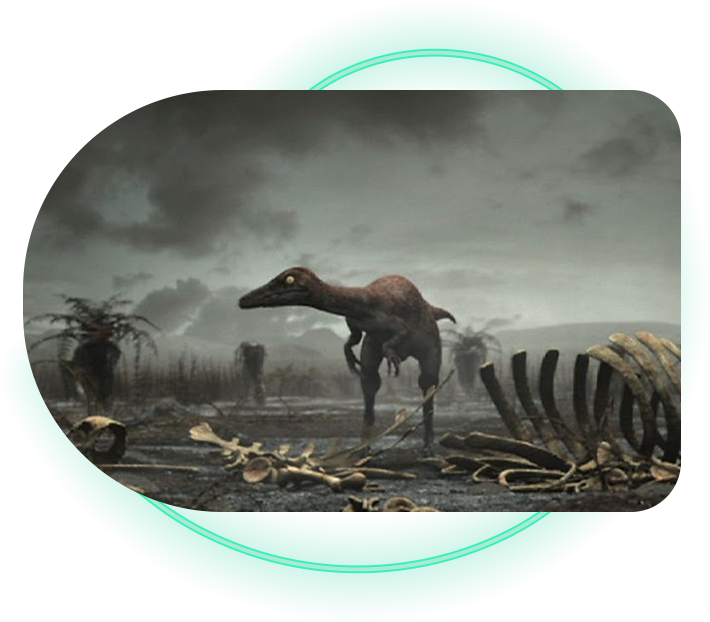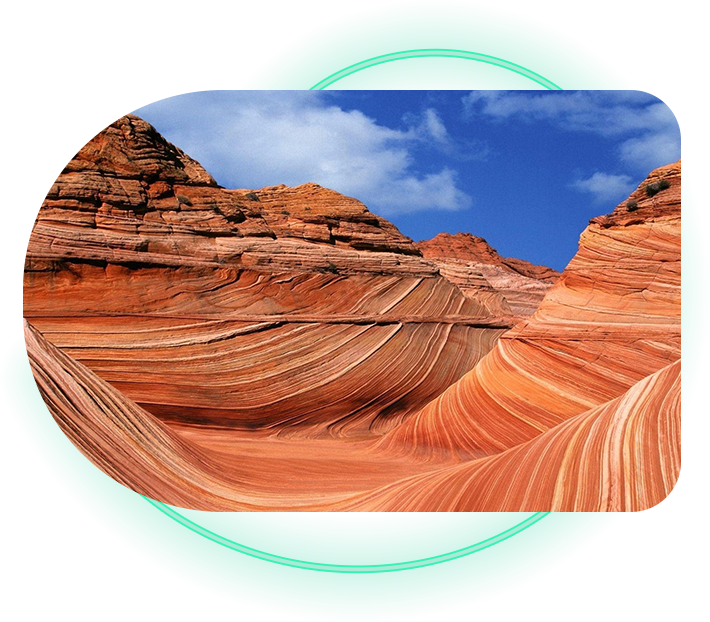Favorite CollLection Triceratops Real Figure Keyring
$11.95

Minerals are the building blocks of the universe. The 3,500 or so named minerals are the components which form rocks, ores, and even meteorites. Minerals are homogeneous naturally occurring solids of inorganic origin. Each mineral species can be defined by its particular chemical composition and its internal molecular (crystalline) structure.

Meteorites are pieces of rock from space which have survived the perilous trip through the Earth’s atmosphere. They are fragments of various space bodies, such as asteroids, which have been knocked out of orbit, or which have acquired an orbit which crosses that of the Earth. Multitudes of meteorites land on Earth daily. Most are too small to be seen or noticed.
The most recognizable meteorites are those composed primarily of nickel-iron. They are extraordinarily heavy and often have fantastically sculpted shapes. These pieces of extraterrestrial metal often lay on the ground rusting for years before they are recognized as meteorites. These are the most common ‘finds’, but scientists have found that ‘irons’ are not the most common type of meteorite to fall.

I was asked by our web-designer to write some interesting information on the subject of geology, and to keep it brief… but how do you keep something brief that touches everyone so much in every way, every day?
Geology is the science of the Earth. Geology leads us to understand how the Earth was formed and why it looks and acts like it does. The science of geology includes the study of volcanism, plate tectonics, intrusions, mountain building, earthquakes, ridges, tides, ocean cycles, erosion, sedimentation, glaciation, impacts, mining, mineralogy, petrology,hydrology, astronomy, paleontology, and many other disciplines.